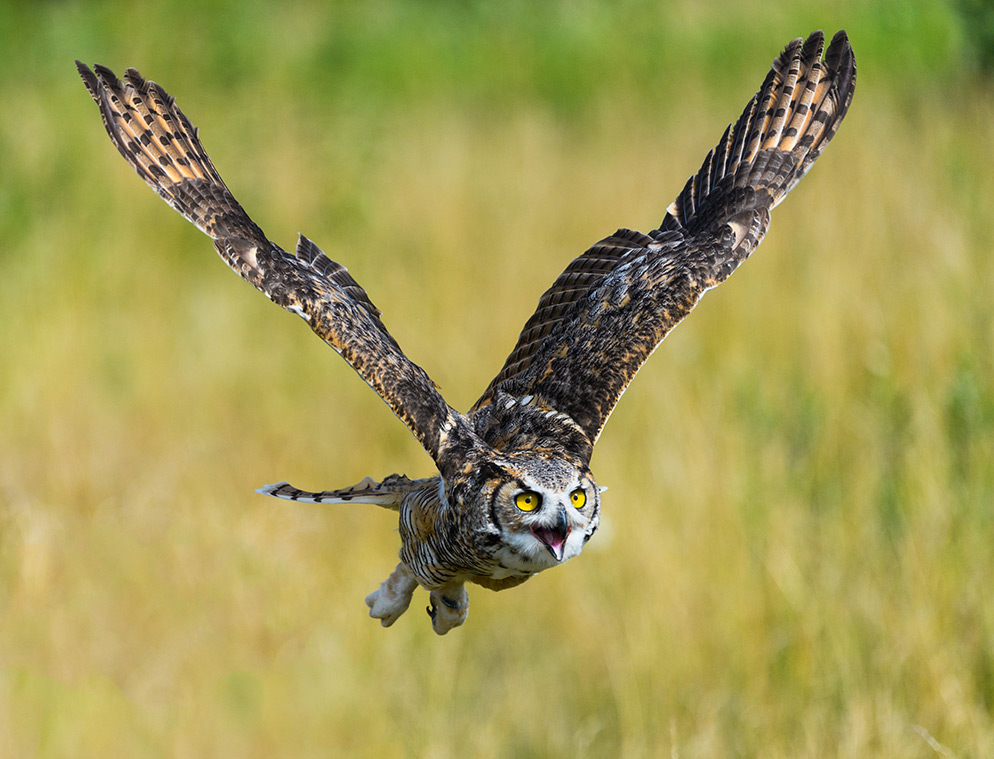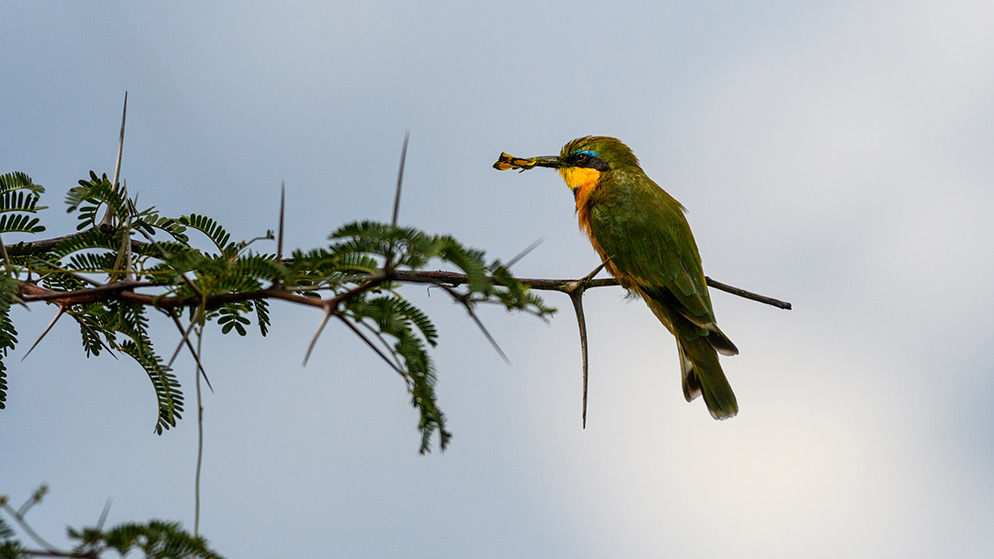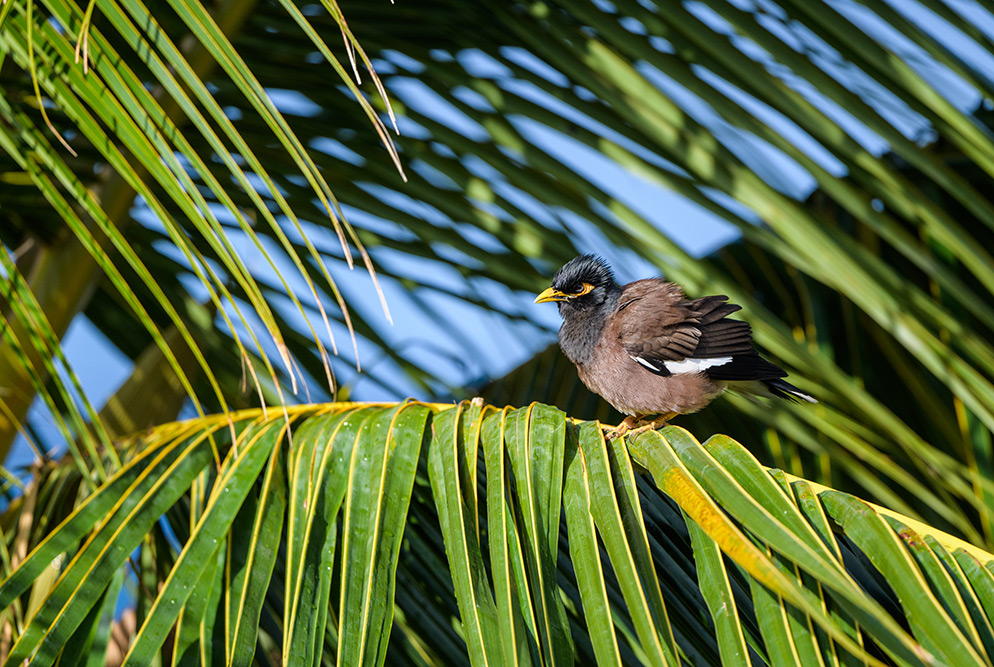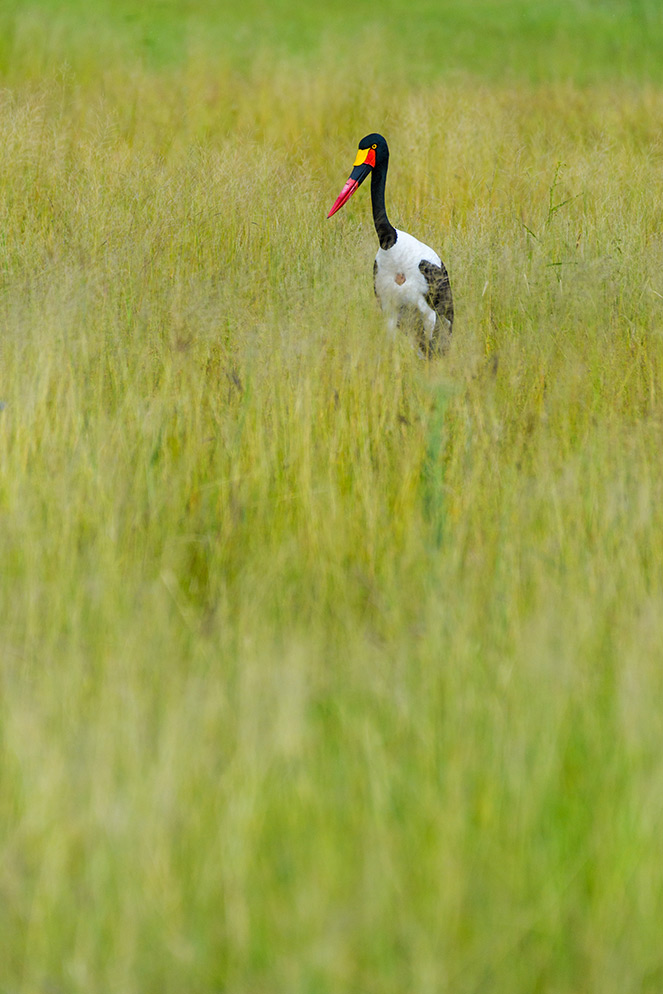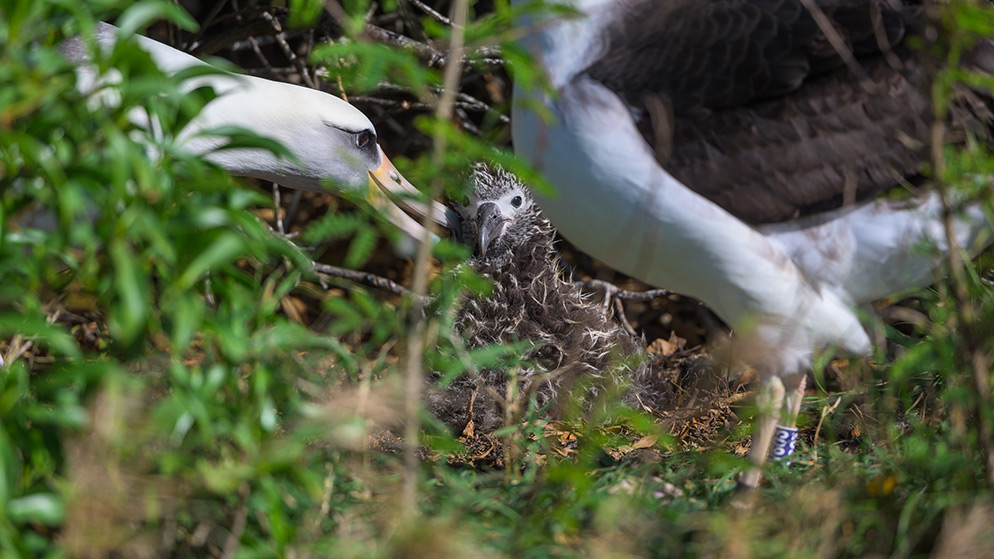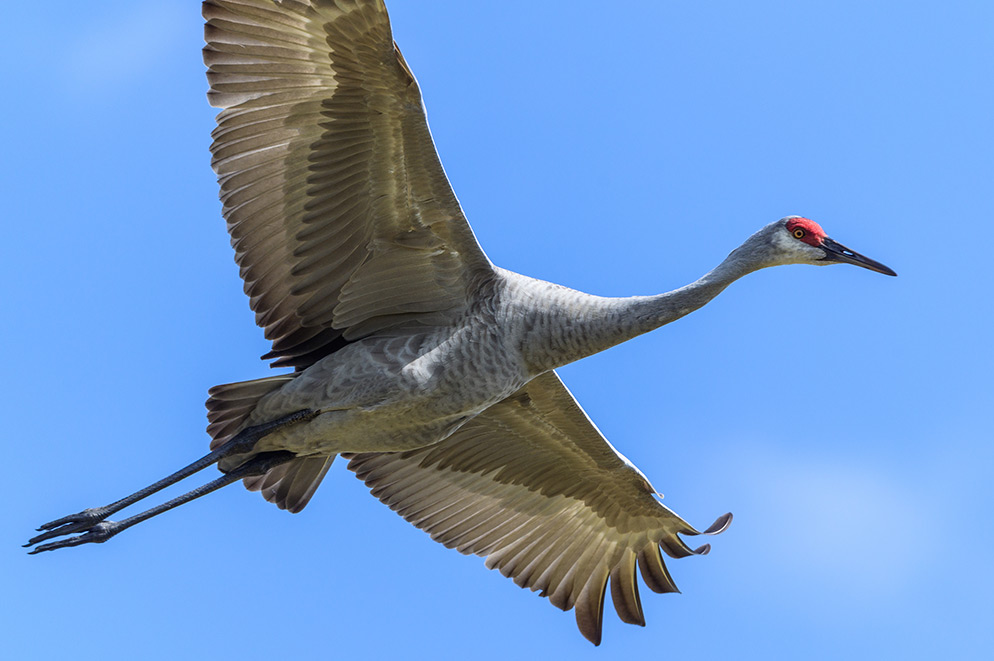How Binoculars Can Make Wildlife Photography Easier
A Great Horned Owl takes flight over a field in Ontario.
When heading out to capture photos of birds and other wildlife while on a once-in-a-lifetime trip—or even when hiking in a local nature area with the goal of identifying and photographing birds—photographers know what gear to bring with them: camera, telephoto lens, extra batteries and perhaps a tripod. But there’s another piece of equipment that can make the patient work of finding animal subjects easier: binoculars.
A Little bee-eater rests on a branch after catching a snack.
In fact, binoculars add much more functionality to your kit with very little additional weight. Let’s discuss why every wildlife photographer should consider putting a pair of binoculars in their bag.
A Myna enjoys the sun just off a beach in Maui.
Quick and easy scanning
Until you’re in the perfect position and ready to shoot, a wildlife photographer’s main job is to scan the environment and locate your subject, whether it’s a Snowy owl, a Black-capped chickadee, a White-tailed deer or another of the animals living in the wilderness. Depending on where you are, how well you know the behavior of your subject and—let’s be honest—how lucky you are, this could take 20 seconds, 20 minutes or even 20 days.
Many photographers will carry a long telephoto lens, such as the AF-S NIKKOR 500mm f/5.6E PF ED VR. While it is incredibly light (1.5 kg) considering the long focal length it provides, you could still get quite tired if you’re going to be out photographing all day long. Binoculars such as the Nikon M7 8x30 are a third of the weight (0.46 kg) which means you can quickly scan your surroundings for much longer without the burden of extra weight, and without tiring.
A Saddle billed stork forages for food in a marshy field in Botswana.
Laysan albatross mother and father tend to their chick.
A wider point of view
There’s another benefit that binoculars provide—a wide field of view. Even if you aren’t bothered by the weight of your camera and lens combination, if you’re using a super-telephoto lens, you’ll be looking through a very narrow field of view. Comparatively, binoculars allow you to see a wider field of view, letting you quickly scan a much larger area to find a subject before switching to your camera to get the shot.
Keep friends and family engaged with their own binoculars
Every photographer knows that having friends and family come along on a birding or wildlife trek is so much more enjoyable than going alone. So why do many photographers go out shooting by themselves? Often, they’re worried their companions will get bored and will just want to keep moving rather than wait for a photographic opportunity to reveal itself.
A Sandhill crane flies overhead.
One simple way to make sure everyone gets more enjoyment out of the trip is to provide each person with their own binoculars so they can join in on seeing the natural world in all its beauty. They’ll be able to see what the photographer sees, and maybe even help spot subjects of interest. Being able to see wildlife, flora and landscapes up close through binoculars rather than just via the naked eye can get people more excited about nature.
Wildlife photographers often think about camera-specific accessories they need, but having high-quality, compact binoculars in your gear bag will not only help you find more wildlife to photograph or capture video of—but also make excursions more fun for non-photographers who come along. Binoculars are a lightweight addition that can transform the experience of wildlife photography for everyone!

